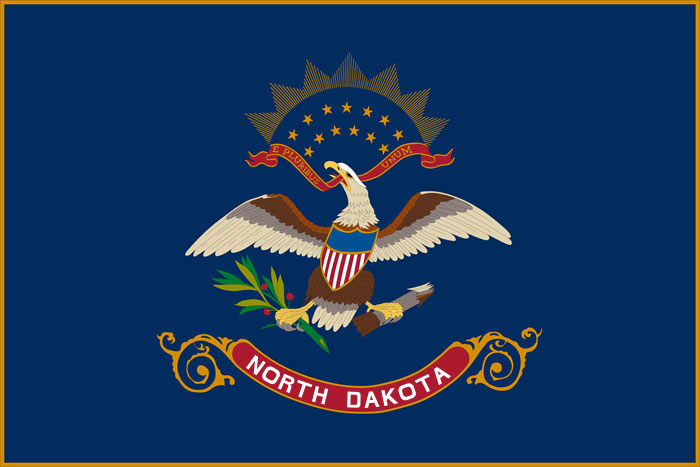Being a dairy farmer in North Dakota is a demanding profession. Dairying is time-intensive, highly dependent on milk and feed prices, and doesn’t allow for long, carefree vacations. Few know this better than Dwane and Joan Wanzek, owners and operators of a 350-cow dairy farm near Jamestown, ND. Since starting with a few of his dad’s cows in 1979, Dwane and his wife have seen milk prices go up and down (and up and down), lost their barns in a fire in the 90s, and overseen several expansions.
The most recent expansion has also been the most ambitious. Along with their son Jeremy, the Wanzeks have built an entirely new barn and installed five state-of-the-art robotic milkers. The robots handle the entire process of milking, operating nearly 24 hours a day.
“We were at a crossroads,” said Dwane, talking about the decision to expand. “We have some land to farm, but not enough land to keep two families going.”
After learning about other dairies that were using robotic milkers, Dwane thought it could be the future of their dairy, especially as his son prepares to take over the family business. North Dakota’s robust employment figures have made it more difficult to find good labor. Before installing the robotic milkers, the Wanzeks needed to have four or five hired hands. Now they need only two. Robotic milkers allow a farmer to manage and care for their cows instead of spending a significant amount of their time milking.
“The robotic milkers seemed like a good option to reduce labor costs, and to increase family time,” said Dwane. “This way, you can kind of set your own schedule.”
But before the expansion could start, they would need a plan to finance it. Dwane had heard about Bank of North Dakota’s Biofuels PACE Program, which provides an interest buydown on loans to several kinds of operations, including livestock operations that use byproducts of biodiesel or ethanol production facilities. He contacted BND and then worked with his local lender, Trent Sletto of AgCountry Farm Credit Services, to make it happen.
“AgCountry was aware of this program because of the close communication we have with Bruce Schumacher at BND,” said Sletto. “They take the time to understand our customers and the potential loans we have and provide solutions that help our customers succeed.”
The robots are the focal point of the Wanzeks’ expansion, but they are hardly its only feature. The new barn also features an automatic cleaning system, waterbeds for the cows, improved ventilation, and even a robot that pushes the feed up to where the cows can reach it, which is pictured below.
Each milking robot can milk 60 cows. The Wanzeks’ setup has room for one more robot should they decide to expand the herd in the future. Since installing the robots, Dwane said the cows have been much calmer. They eat when they want, sleep when they want, and get milked when they feel like it.
“A big motivator for this project was simply taking better care of our cows,” said Dwane. “Cow comfort is the answer.”
 An official website of the State of North Dakota
An official website of the State of North Dakota
